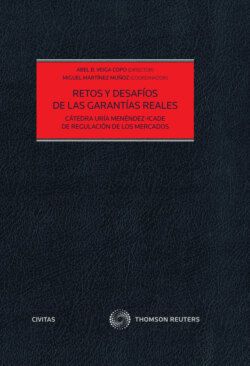Читать книгу Retos y desafíos de las garantías reales - Abel B. Veiga Copo - Страница 87
2.2.4. Step 4 in the evolution
ОглавлениеThis brings us to step 4 in the drafting evolution of CACs which was promulgated by the International Capital Markets Association (ICMA) in 2014. This type of CACs comes with a choice to be made by the issuer before the voting between: (a) series-by-series voting (threshold is 75%), (b) a double limb voting with the thresholds of 662/3 % and 50% respectively, or (c) a single limb voting with 75%. The latter, in other words, skips the classification of the creditors (at least with regard to the voting process) and makes it therefore mandatory that all modifications are “uniformly applicable” (which is just another word for a pari passu treatment.
What is important with this type of CACs is that the choice has to be made by the issuing state ex ante in order to provide the creditors with a solid basis of facts for their voting decision. As a consequence, once having opted for the double-limb voting there is no way out of this selection. This is called the “all or nothing” feature of this type since when and if the voting threshold, for instance, in one of the selected participating series is not met the entire restructuring attempt fails. This very feature in combination with a fascinating use of option 2 (double-limb) immediately followed by a second restructuring under option 3 (single-limb) caused a huge problem in the last Argentinian restructuring from 2020 when Argentina tried to overcome the all or nothing approach by a redesignation of the terms of the relevant clauses75.
